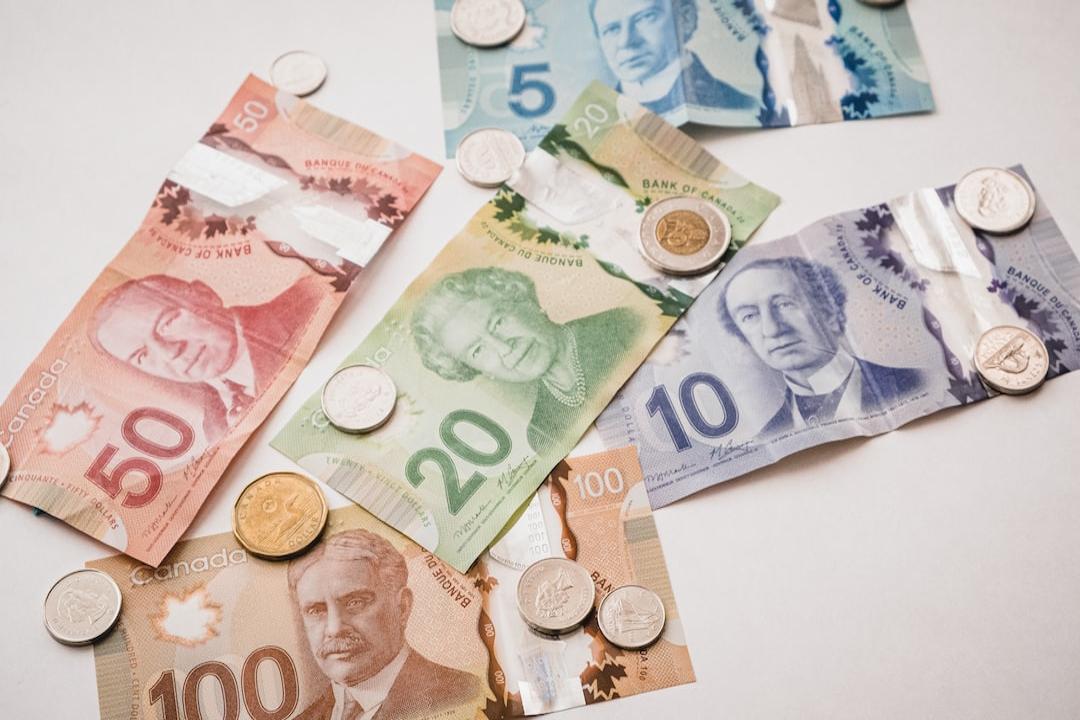Art and technology have a deep and interconnected relationship in today’s world. They have played a significant role in shaping how art is created, experienced, and preserved. The use of digital tools and artificial intelligence has opened up new avenues for artists to express their visions, giving rise to unique forms of digital art. While the digital evolution has expanded the scope of artistic expression, it has also highlighted the irreplaceable value of traditional artists who infuse art with their personal style and emotions.
As we embrace the digital age, there is a growing recognition of the importance of integrating traditional artistry with digital mediums. This fusion offers a contemporary platform for timeless expressions, ensuring the survival of conventional art forms. Technology has evolved as a means to preserve art, transitioning from physical safeguards to digital fortification. Traditional art forms, such as paintings and manuscripts, which were once vulnerable to deterioration, can now be protected through digitization, high-resolution imaging, and virtual reality. These advancements not only safeguard artworks against physical degradation but also democratize access to artistic treasures, allowing future generations to study, enjoy, and be inspired by them.
Non-fungible tokens (NFTs) and digital collectibles have emerged as significant tools for safeguarding artistic expressions, building on the technological advancements in art preservation. By tokenizing artworks on the blockchain, NFTs ensure the preservation of digital creations in a secure and immutable ledger, maintaining their uniqueness over time. NFTs facilitate a broader archival process, preserving digital art and multimedia experiences that define contemporary culture. They complement technological efforts in preserving art and redefine the scope of what can be preserved, ensuring that today’s digital art remains accessible.
Fragility in art refers to works that face the risk of disappearance, often arising from conflict areas or representing vulnerable art forms like graffiti murals. To protect these fragile art forms, platforms like CityX have incorporated them into the blockchain through NFTs. By creating digital twins of the original artworks, CityX captures their essence and history in an immutable and globally accessible format. This approach ensures that fragile art, susceptible to physical decay or loss, is preserved digitally.
CityX has demonstrated how NFTs can help preserve physical counterparts through its Drops. In their first Drop, curated by Tatyana Tumasyan during the war in Ukraine, artworks from the Municipal and Vovatanya Galleries in Kharkiv were digitized and transformed into NFTs. Collaborating with digital artist Bohdan Kiyas, CityX produced unique holographic NFT postcards. Their second Drop, “Ulive,” focused on resilience and hope amid the invasion of Ukraine, featuring artworks by Ukrainian artists. Each piece was integrated with unique musical scores and narrative snippets, deepening the emotional impact of the artwork. These examples illustrate how NFTs can work alongside physical art to preserve and enhance their value.
NFT projects, like CityX, contribute to the future of art by envisioning galleries without physical boundaries. They champion the idea of art as an immersive and limitless experience, where viewers actively engage with and contribute to the artwork. By utilizing NFTs, CityX is democratizing art access, making it available and interactive for a global audience. This approach reflects a future where art is universally accessible, participatory, and continuously enhanced by digital innovation, creating a dynamic and technologically enriched art ecosystem.
In conclusion, art and technology have a symbiotic relationship that shapes the creation, experience, and preservation of art. Technology has evolved as a means to preserve art, and NFTs have emerged as powerful tools for safeguarding artistic expressions. By combining physical and digital mediums, art can be protected and made accessible to future generations. NFT projects like CityX pave the way for a transformative future in the art world, where art is immersive, limitless, and continuously evolving through digital innovation.

